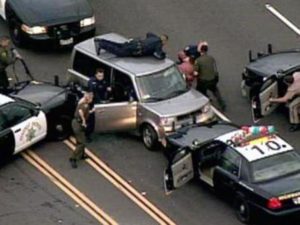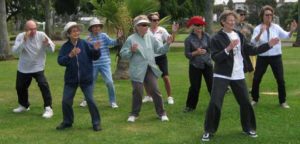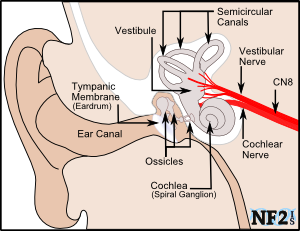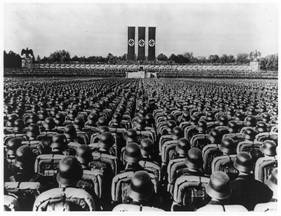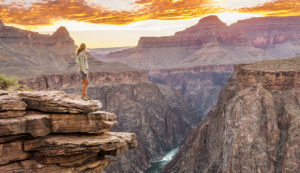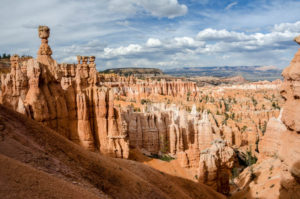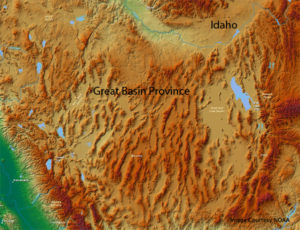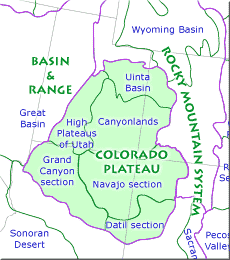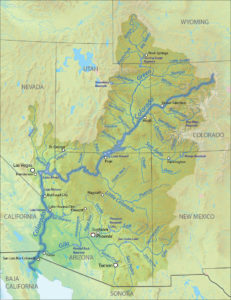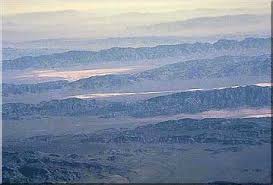
DENVER, CO – January 21: Tens of thousands in Civic Center Park for the Women’s March on Denver January 21, 2017. (Photo by Andy Cross/The Denver Post)
With all the chaos in our government, I have taken part in some marches and visited Senator Cory Gardner’s office a few times (alas, to no avail). I guess I would like to let you know about my political position and how a Western Colorado boy ended up marching in the streets.
Western Colorado is overwhelmingly conservative, and Fruita, at that time a farm town, even more so. My father grew up a Union Democrat, railroading in the family. However, during the depression he decided Franklin Roosevelt was bad for the country. I never understood why, but Dad called him Frankie with invective in his voice. Maybe it was because he had a good job with the telephone company all through the bad times, so wasn’t directly affected by the catastrophe.
At any rate, I grew up conservative as well. I didn’t realize there was an alternative view. I have always been a thinker and questioner and when the local Republican Committee woman spoke in her government class, I was surprised when all she talked about was high taxes and how Republicans would lower them. She was from a prominent farm family in the lower valley, and I had expected a broader perspective.
What began the reversal in my political views can be blamed on the Quakers. Two of my classmates and I spent a week at a youth camp in Palmer Lake sponsored by the American Friends Service Committee. The staff and attendees were all nice people, and we got an introduction to the Quaker form of worship, basically silent meditation, with people speaking as the Spirit led them. Fascinating for a nominal Methodist sitting through mechanical services.
The real wake-up was encountering real, live liberals for the first time. Well, that and the camp leader’s daughter. What struck me most was one of the men refuting the idea about deficit spending being bad for the country. After all, how was the war financed? The country didn’t seem to go broke.
The influence didn’t take hold right away, I voted for Barry Goldwater for President while I was in the Army, another conservative organization. While in the Army I subscribed to Time Magazine, the bastion of Eastern Establishment Republicanism. I was a critical thinker even then (Boy, has that gotten me into trouble all my life.). I gradually began to develop a more progressive view.
After the Army I went to Mesa College in Grand Junction to bring my grades up. I took a liberal arts curriculum, and had Political Science and History teachers who broadened by liberal perspective. Now this was in 1966 and 1967, and change was in the air and Vietnam on the ground. I studied all the rhetoric coming from both sides and began to realize the Communist Bloc and the Free World shared the same basic viewpoints: domination, control, and exploitation.
Third World people in countries under colonial or post colonial domination tended to choose Marxist ideologies, giving the Soviets and China a way in. Thus, the fighting began. The non-communist regimes tended to be weak, repressive, and corrupt. With no alternative other than re-colonization, the western alliance led by the U.S., supported the corrupt regimes with military intervention, including the attendant suffering and division.
My Army Service was in Germany, where the Allies imposed democracy on an educated populace with great success. The same approach doesn’t seem to work in a mostly peasant society ruled by an elite whose main goal was enriching itself. The result was an impasse with increasing discord coming from people in the western world interested in human rights.
The protesters won and Vietnam went back to being a small nation with no expansionist ideas. The U.S. and its allies didn’t seem to learn from the experience and now are bent on imposing foreign ideas on the people of the Middle East. The strategy will fail, just as it did in Vietnam. The western powers will leave and the locals will go back to fighting among themselves. The reason the western powers will decide to leave is their lessening dependence on middle eastern oil and gas.
With all these developments I did not become a Marxist or Socialist, like a lot of my liberal contemporaries. Planned economies just don’t seem to work any more than pure capitalist economies. The reason in both cases is simple greed, an elite concentrating wealth and power for its own ends. What seems to work best is a market economy with government regulation to dampen the greed. It’s messy, but government has always been messy. Let’s just stay away from foreign adventures also engaged in out of greed. Why can’t we all just get along?
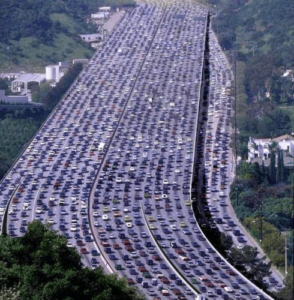 Lately I waste time by watching car chases on YouTube. They happen all over the country, but the televised ones tend to come from Houston, Detroit, Kansas City, and the champion, Los Angeles. LA seems to have one almost every day, and the news copters are dedicated to following the runners. There are fast cars involved, usually stolen Mercedes, BMW, and the Dodge hot rods, but anything that rolls with a motor qualifies.
Lately I waste time by watching car chases on YouTube. They happen all over the country, but the televised ones tend to come from Houston, Detroit, Kansas City, and the champion, Los Angeles. LA seems to have one almost every day, and the news copters are dedicated to following the runners. There are fast cars involved, usually stolen Mercedes, BMW, and the Dodge hot rods, but anything that rolls with a motor qualifies.